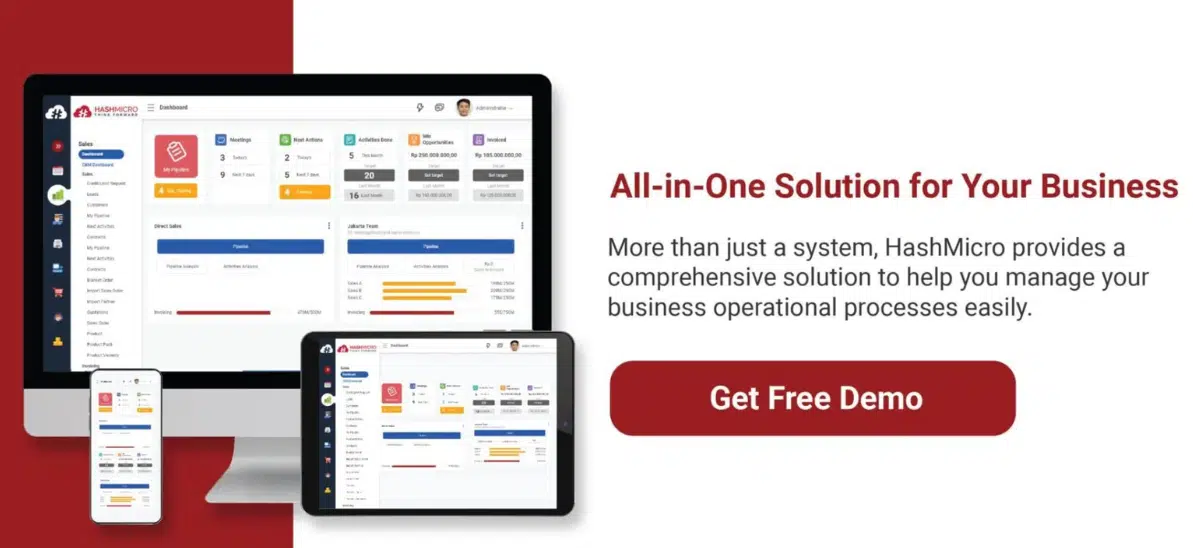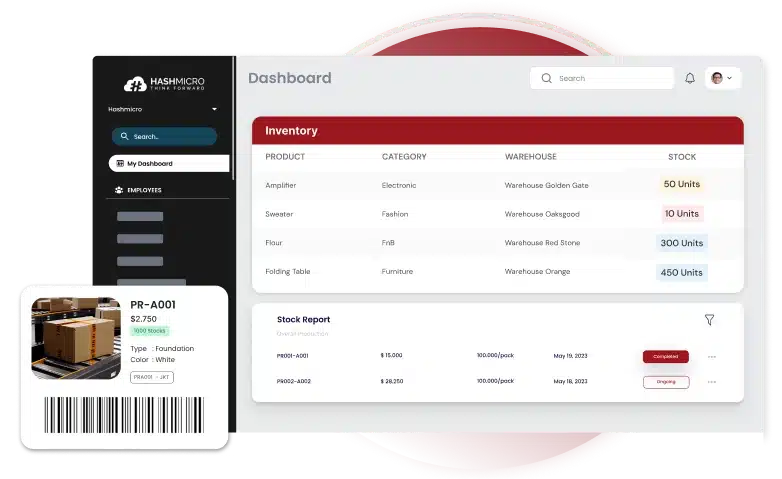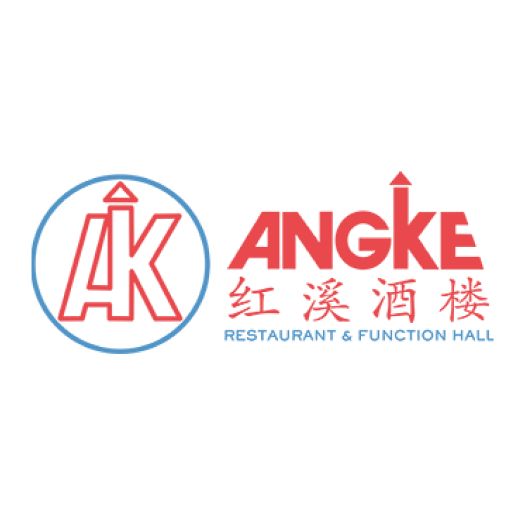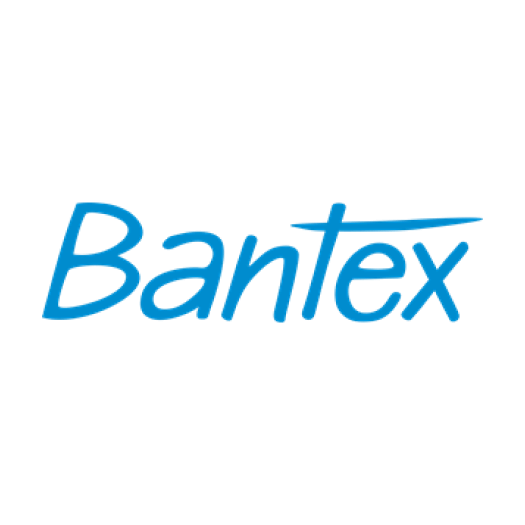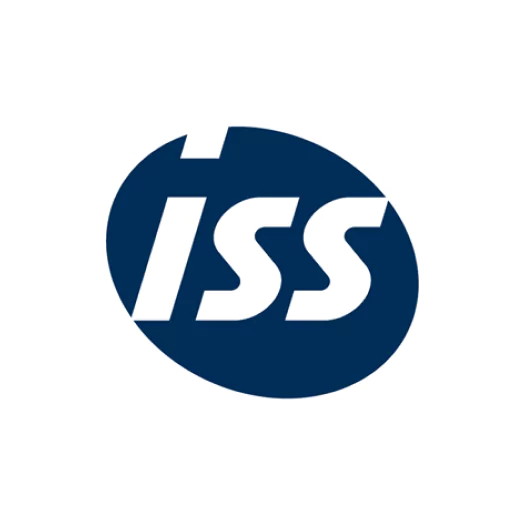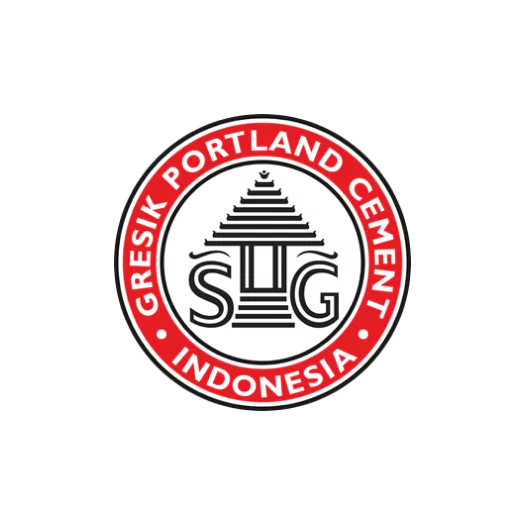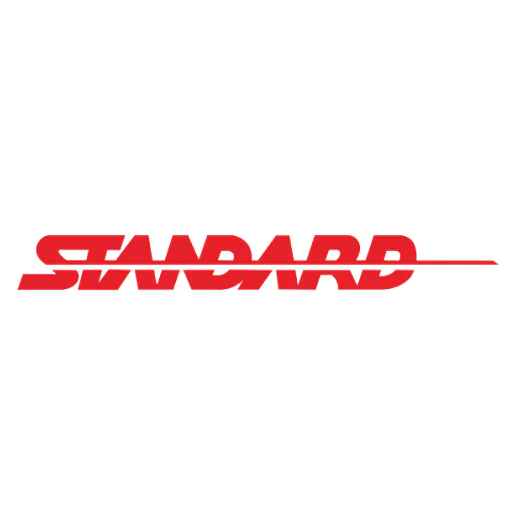A blanket order is a type of purchase order in procurement systems that allows companies to establish long-term purchase agreements with pre-negotiated prices and quantities.
Global investment in digital supply chain technologies is anticipated to surpass $19 billion per year by 2025, with AI spending in procurement projected to grow by 446%.
With HashMicro’s procurement system, your company can efficiently manage blanket orders, optimize procurement processes, reduce costs, and enhance supplier relationships through automation and real-time tracking.
This article will explore a blanket order, how it works, and the benefits it can bring to your business.
Table of Content:
Table of Content
Key Takeaways
|
What is a Purchase Order?
A blanket order is a purchase contract that allows a company to order large quantities of goods at an agreed price for a specified period. Deliveries are made in stages as needed, reducing administration and increasing procurement efficiency.
This concept is part of an ERP system procurement designed to simplify the procurement process by agreeing on the price and quantity of goods in advance so that the company does not need to make a new order whenever it needs the item.
In a blanket order, the company and the supplier enter into a contract that specifies the total quantity of goods or services to be purchased and the price per unit without setting a specific delivery date for each order.
During the contract period, the company can request the delivery of more miniature goods in stages according to their needs. This provides flexibility in managing inventory and purchasing planning.
Benefits of Blanket Purchase Orders
Implementing blanket purchase orders can provide significant advantages for businesses optimising their procurement process. Below are some key benefits of using blanket purchase orders:
1. Cost savings and budget optimization
Blanket purchase orders allow businesses to negotiate bulk pricing and secure favourable supplier terms. By committing to a long-term agreement, companies can lock in lower prices, reducing procurement costs over time.
2. Streamlined procurement process
With blanket orders, businesses can minimize the time spent on repetitive purchase approvals and negotiations. Once a contract is established, orders can be fulfilled without requiring additional documentation, significantly reducing administrative workload.
3. Improved supplier relationships
Establishing long-term agreements fosters stronger partnerships with suppliers. Reliable and consistent orders improve supplier trust, service levels, priority fulfillment, and improved terms. In turn, businesses benefit from a more stable supply chain with reduced risks of delays or shortages.
4. Inventory management efficiency
Blanket orders help companies maintain optimal inventory levels by ensuring a steady supply of goods. This reduces the risk of stockouts while also preventing excessive inventory buildup. Businesses can plan production schedules more effectively, leading to improved operational efficiency.
What To Include in a Blanket Purchase Order
A blanket order is a long-term procurement agreement between a business and a supplier. To ensure clarity, efficiency, and compliance, a well-structured BPO should contain essential details that define the terms of the agreement. Below are the key elements that should be included in a blanket purchase order:
1. Supplier and buyer information
The BPO should clearly state the names, addresses, and contact details of the buyer (your company) and the supplier. This ensures transparency and accountability between both parties throughout the contract period.
2. Agreed pricing and quantity
Since a BPO is based on pre-negotiated terms, it should include the unit price of each item and the total quantity agreed upon. This helps prevent disputes and ensures both parties adhere to the agreed cost structure.
3. Delivery schedule and locations
A detailed delivery timeline should be outlined, specifying when and where the goods or services will be delivered. Some businesses may require staggered deliveries over some time, which should be explicitly mentioned in the agreement.
4. Validity period of the order
The BPO should specify the contract duration, including the start and end dates. This ensures that both parties understand the timeframe within which the agreement is valid and when renegotiations may be necessary.
5. Payment terms and conditions
Payment terms such as invoice due dates, payment methods, and penalties for late payments should be clearly outlined. This helps maintain financial clarity and ensures smooth transactions between the buyer and supplier.
6. Cancellation and modification terms
Conditions under which the order can be modified or cancelled should be explicitly mentioned. This prevents potential disputes if there are changes in demand, supplier capabilities, or market conditions.
By including these key elements in a blanket purchase order, businesses can ensure smooth procurement operations, avoid misunderstandings, and enhance supplier collaboration, leading to more efficient and cost-effective purchasing.
When To Use a Blanket Purchase Order
A blanket order is not always necessary for every purchase, but it can be highly advantageous in specific business scenarios.
While standard purchase orders work well for one-time or infrequent transactions, a blanket order is more suited for businesses that require a consistent and long-term supply arrangement.
If your procurement process aligns with two or more of the following conditions, it may be time to implement a blanket order with your supplier:
- Recurring need for the same goods or materials over time. If your business frequently orders identical products, a blanket order can help streamline procurement and reduce repetitive paperwork.
- Predefined budget for ongoing supplies. Companies with allocated budgets for specific procurement needs can benefit from locking in prices to maintain cost control.
- Fixed unit pricing for cost savings. If price fluctuations are a concern, negotiating a stable unit price with a blanket order ensures financial predictability and potential savings.
- Reliable supplier capable of fulfilling long-term agreements. A blanket order works best when suppliers can consistently meet delivery commitments over an extended period.
- Bulk discount opportunities. Many suppliers offer discounts for large-volume commitments, making blanket orders a strategic cost-saving solution.
- Need for staggered deliveries. If receiving all items simultaneously would lead to high storage costs, a blanket order allows for scheduled deliveries to match demand.
- Ability to adhere to contract terms. Businesses should ensure they can meet the conditions outlined in the agreement, such as purchase volume and payment timelines.
By implementing blanket orders in the right scenarios, businesses can improve procurement efficiency, enhance supplier relationships, and achieve long-term cost savings.
Different Types of Purchase Orders
Businesses use various purchase orders depending on their procurement needs and supplier agreements. Below are the four main types of purchase orders:
1. Standard purchase order
The most common type is a Standard Purchase Order, used for one-time purchases with clearly defined details. It includes specific information such as the item description, quantity, price, delivery date, and payment terms.
2. Blanket purchase order
A Blanket Purchase Order is used when a company needs to procure the same goods or services repeatedly over a certain period. It allows businesses to secure pricing and terms with suppliers without specifying exact quantities or delivery schedules upfront.
3. Planned purchase order
A Planned Purchase Order is similar to a standard PO but is created based on estimated future needs. It specifies item details, pricing, and payment terms, but the actual release of goods is scheduled later through separate confirmations.
4. Contract purchase order
A Contract Purchase Order is a formal agreement between a buyer and a supplier that defines terms and conditions for future purchases. Unlike blanket orders, a CPO does not authorize specific shipments but serves as a framework for future transactions.
Comparison of Blanket Orders with Other Purchase Orders
Choosing the correct purchase order type is essential for optimizing procurement efficiency and cost management. While blanket purchase orders (BPOs) offer flexibility and long-term cost savings, other orders serve different business needs.
Below is a comparison of blanket orders with standard purchase orders (SPOs), planned purchase orders (PPOs), and contract purchase orders (CPOs) to help businesses determine the best approach for their procurement strategy.
Comparison Table of Purchase Orders
| Criteria | Blanket Purchase Order (BPO) | Standard Purchase Order (SPO) | Planned Purchase Order (PPO) | Contract Purchase Order (CPO) |
| Usage | Recurring purchases over time | One-time purchases | Future planned purchases | Framework for future orders |
| Quantity Flexibility | Estimated but not fixed | Fixed at the time of order | Estimated, confirmed later | Not specified upfront |
| Price Agreement | Pre-negotiated for long-term | Defined per transaction | Defined per transaction | Set in contract, but orders are placed separately |
| Delivery Schedule | Flexible, multiple deliveries | Single delivery | Scheduled over time | Not predefined, orders issued as needed |
| Administrative Effort | Low (reduces repetitive POs) | High (new PO for each order) | Medium (requires confirmations) | Low (orders placed under the contract) |
| Best For | Businesses with ongoing needs for the same items | One-time or infrequent purchases | Businesses with forecasted but flexible demand | Long-term supplier agreements with no immediate orders |
By understanding the differences between purchase order types, businesses can make informed decisions that improve procurement efficiency, reduce costs, and enhance supplier relationships.
You can also read other articles related to the best procurement software in Singapore for optimizing your purchasing process and improving supplier management.
Automate Business Blanket Order Processing with HashMicro
HashMicro is a leading ERP solution provider that helps companies optimize business operations by automating procurement processes, including blanket orders, through a sophisticated Purchasing Management system.
You can try a free demo of HashMicro’s Purchasing Management System and enjoy a more structured and efficient purchasing process without worrying about time-consuming and error-prone manual processes.
HashMicro’s top features that help you process blanket orders for your business:
- Blanket order management: This feature allows companies to manage blanket orders easily and automatically. It helps determine the quantity, delivery schedule, and price of goods or services more structuredly.
- Automatic vendor rating: This provides an automatic assessment of supplier performance based on various indicators, such as on-time delivery, quality of goods, and price.
- PO, RFQ & PR management: This system makes it easy to manage Purchase Orders (PO), Requests for Quotation (RFQ), and Purchase Requisitions (PR) automatically. All processes can be done in one platform, from request submission to PO issuance.
- PR approval management: Ensure all Purchase Requisitions (PR) are approved by the relevant parties quickly and precisely. With an automated approval flow, the purchasing process becomes more efficient.
- Cost Savings Tracking and Reporting: Monitor procurement expenses and analyze cost reductions with real-time tracking and automated reports, ensuring better budget control and financial efficiency.
Conclusions
Blanket orders are an effective solution to simplifying long-term procurement processes, reducing complexity, and improving operational efficiency. By implementing this purchase order, companies can ensure price certainty and availability of goods or services.
HashMicro offers a complete procurement system with excellent features that allow companies to automate procurement processes, improve accuracy, and reduce costs.
To experience the benefits of this system, get a free demo of HashMicro today. Contact our team to see how our procurement system can streamline your procurement process.
FAQ About Blanket Order
-
What is an example of a blanket purchase order?
Here’s a clarifying example: Imagine XYZ company operates a hotel and purchases soaps and paper towels from ABC enterprise throughout the year. To streamline procurement, XYZ issues a blanket PO for these items at a pre-negotiated price.
-
Why is blanket order important?
A blanket order simplifies procurement, logistics, and planning by ensuring a structured purchasing process. Also referred to as a standing open account blanket order, it offers stability for both buyers and suppliers. Understanding how a blanket PO works is essential for optimizing operations and ensuring efficient resource management.
-
What are the disadvantages of blanket orders?
If product demand declines, you may be obligated to purchase excess inventory. Additionally, if the blanket order price was set when market rates were high and later decreased, you could end up paying more than the current market price.




